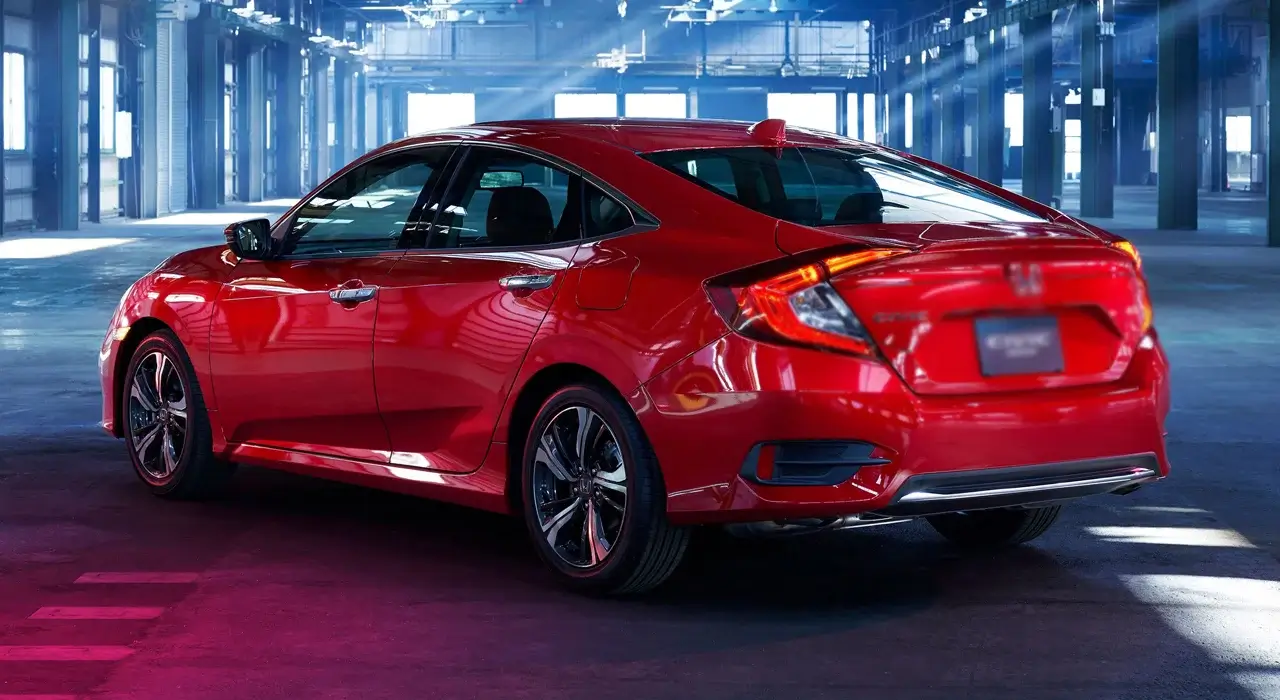The world is still recovering from the effects of the pandemic, with soaring inflation and massive supply chain issues hampering efficiency and productivity on a global level. The true economic effect of the 2020 calendar year has yet to materialize, but one industry that is already caught right in the heat is the semiconductor manufacturing industry.
Record losses and shortages have made the outlook grimmer with predictions of its eventual end ranging from the end of 2022 to 2024. Semiconductor manufacturing isn’t an industry that can simply wait this period out either with the demand for computer chips not only ever-present but increasing.
Why is it Such a Big Deal?
It can get a bit frustrating to see news articles pumped out daily on the subject. Everyone’s an expert in the domain with a wide range of predictions floating around. But why should consumers even care if a few industries don’t get their chips in time? Should the end-consumer stress out about the chip shortage? The short answer is yes.
Semiconductors or computer chips are everywhere around us today. They’re in the motherboards of the laptops we use, the phones we carry daily, and in the TVs, we use to watch our favorite shows. Step back a bit and you begin to see the picture as clearly as one can without feeling an overwhelming sense of panic.
The digital revolution we’re in does a great job of masking out just how inundated we are with computer chips. All smart electronics, from smart bulbs to fridges, electric toothbrushes, washing machines, kitchen appliances, most of the machinery in the shed, smartwatches, and even cars rely on computer chips to work.
Every industry that produces any device, appliance, or gadget that is required to do any bit of processing requires a semiconductor. The semiconductor is the brain of the device which allows it to perform a multitude of tasks in fractions of a second. It is important for the devices to continuously improve and get better with each update, and with the iterative and generational approach to changing devices, we’re reliant on computer chips more than ever before. The demands continue to increase as well, as manufacturers need to pump out newer phones, gaming consoles, computers, and cars.
The Impact on the Automotive Industry
Singling out one manufacturing industry that has been impacted by the chip shortage wouldn’t be fair on the rest, as every other industry comes to terms with diminishing numbers of chips, and an ever-decreasing number of sales (hence, profit). But the automotive industry certainly has been capturing a lot of air time with their complaints and protests.
One can’t fault them for it either as the mess isn’t of their making either as the chip shortage has coincided with the most substantial shift in the automotive industry since the first Model-T.
Volkswagen, Europe’s largest car manufacturer, quoted making 800,000 fewer cars by the end of 2021. This was a 35% decrease from the previous year and cited the chip shortage as the main culprit. Other manufacturers have reported similar figures where numbers were drastically cut down to meet the stringent supply chain demands.
This has affected how many cars go into dealerships, and severely reduces the purchasing power of the consumer. Additionally, with most car models being pushed to later dates, consumers have to make the difficult decision to wait for the delay or spend their money on a rival model.
What Does the Chip Shortage Mean for the Consumer?
Consumers not only have to contend with fewer options in the market but potentially outdated versions too. Lackluster models of cars are released with outdated technology that wasn’t what their parent company had intended or promised.
While the car may be ready, it may be equipped with a previous generation ECU (engine control unit) or infotainment running on the same internals from models from years ago. This is because manufacturers have to come up with solutions to the lack of chips, and recycling older chips makes the most sense in this case. But newer software requires the most capable chips to handle the weight of the load.
Naturally, fewer models in the dealerships also mean that existing models on sale are hot commodities. Consumers looking for a specific brand and model would have to contend with another, and with limited options all around, dealerships are tempted to raise prices to dissuade customers from emptying the lots.
Keep this trend going for two years in every domain and industry, and you end up with the current global inflation crisis. The already-diminished purchasing power crashes and dealerships end up with outdated stock that no one is looking to buy anymore.
What Options Do Consumers Have?
Amid such chaos, consumers can feel hard done by and on paper and may have very few options. But realistically, there are a few things they can always consider when making their next purchase. Starting with:
1. Don’t Purchase, Lease!
This may seem counterintuitive for consumers in the market to buy a new car, but the best route at the moment would be to take on a lease. Leasing has all the benefits of car ownership, and if you’re married to the idea of the vehicle you’ve selected, you can always buy out your lease too, or use a car lease transfer platform to swap it for a new car.
Car leasing is a more economic option for those strapped for cash who requires a new vehicle as soon as possible, and for those planning their first car purchase. It is also the right decision for consumers that are falling short on the money needed for their intended car purchase due to the rise in prices.
An additional benefit (and an often-underrated one) is of quitting or swapping leases. Car lease exchange platforms such as QuitaLease make it very simple for prospects to end their current car lease entirely or swap it for a new car altogether.
QuitaLease is an online platform that helps people match with others who are looking to exit a car lease and don’t want to experience the hassle of dealership lease quitting. The online portal was formed after the realization that most car lessees don’t have an efficient exit strategy. QuitaLease identifies people looking to end their current lease with prospective new lessees and even has a lease swap feature. With this, prospects can swap car leases effectively through the QuitaLease website. The car lease exchange service also drastically cuts down on the additional costs that are associated with a traditional lease transfer or cancellation.
Popular For You: 7 Best Tires For Jeep Grand Cherokee Review in 2022 To Buy Online
QuitaLease and other lease quitting portals are an effective alternative to purchasing a new car. Once you take over a lease through QuitaLease, you have the same options as the original lessee: go on QuitaLease and swap it for another car, or buy out the car. Plus, QuitaLease’s algorithm ensures you’re matched with people that are in the market for the exact car you’re looking to swap. This way, you’re more likely to finalize a deal for your current lease than having to go through a manual search yourself and negotiate. QuitaLease allows manual searching too, but the platform would rather have you keep your trust in them, rather than going solo.
2. Broaden Your Net Search
It’s entirely possible that your nearest dealerships may not stock the vehicle you’re interested in. Be prepared to look beyond your established online searching parameters. Step out of the local geographical searching net and truly scour the markets. Some dealerships even stock like-new cars that have only been driven a few hundred miles, which you can bag for much cheaper than the MSRP.
This also applies to car leasing as well. If you’re on the QuitaLease platform, you’ll be requested to enter your postal code for matches near you. But if you can’t seem to find the exact make or model of the lease transfer, feel free to enter in neighboring postal codes. This would help QuitaLease identify better potential lessees for you.
3. Save for a Bigger Down Payment
The rising rates indicate that this may not be the best time to make a car purchase using an auto loan. A long-term auto car loan may look great now, but once the rates eventually drop, you’ll realize you got the worse end of the bargain. Consider saving for a bigger down payment to offset the rising rates. You will also be able to avoid the never-ending interest payments on the loan.
Navigating the chip shortage is a challenge for manufacturers, dealerships, and consumers alike. Fortunately, this will soon be behind us but until the silver lining starts to show, riding out the storm is imperative for everyone. With these tips, you can do just that and have a nice ride during it as well. So pick from the above-mentioned tips and see what works.





